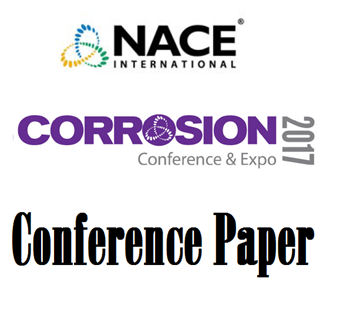Search
51316-7383-Coating Systems with Long Lifetime - Painting Thermally Sprayed Zinc
Also Purchased
Repair Coatings for TSA
Product Number:
51317--9369-SG
ISBN:
9369 2017 CP
Publication Date:
2017
$20.00
51312-01457-Low maintenance coating systems for constructions with long lifetime
Product Number:
51312-01457-SG
ISBN:
01457 2012 CP
Publication Date:
2012
$20.00
51315-5537-Coatings in Combination with Cathodic Protection—Field Experiences after 20+ Years
Product Number:
51315-5537-SG
ISBN:
5537 2015 CP
Publication Date:
2015
$0.00




